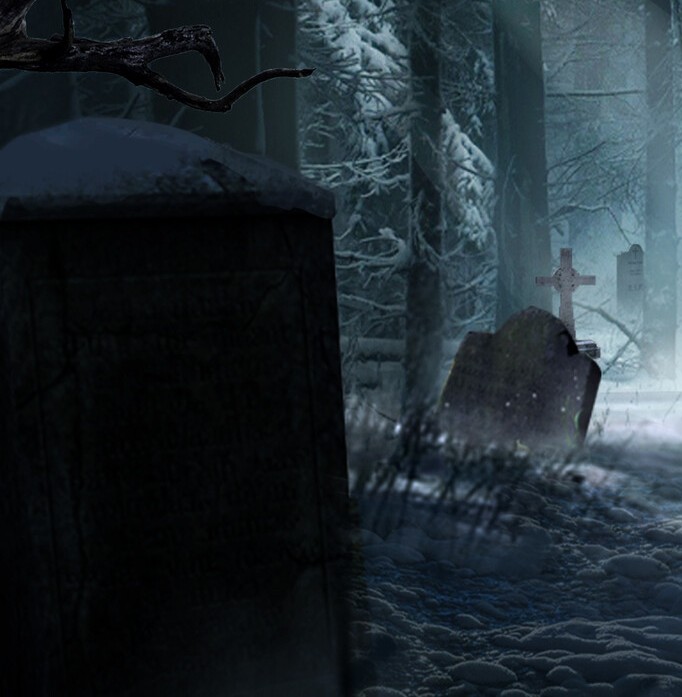Gravesites
Gravesites describes the haphazard internment of the dead as performed by European rural communities, in places lacking a church building or the consistent presence of a person of the clerical class. According to family or clan, a small area is given over for the burial of the dead; sometimes on the property where the individual lived. A small fence or bramble encloses the space, often just 200 square feet in area. The location or size of the graves follows no fixed pattern.
Contents
Burials include a "marker," though often this is no more than a large stone block or stake without writing or explanation; the locals don't need it. At any given time, a community of 100 persons will have between 15 and 40 corpses (5d6+10) interred in a total of 3 to 18 gravesites — some with no more than one or two bodies. Of these, 2-3 of these are located around the hex's hamlet, with 8-10 bodies each, representing distinct clan members, not to be mixed in with the bodies of other clans. It's not uncommon for locals to argue over what gravesite into which a dead body ought to be interred.
Burial
As a curate or friar can be called for, the body receives a proper burial. The burial period lasts from 7 to 21 years, during which time the survivors may continue to feel "close" to the interred. This period is always short if only a sack is employed rather than a coffin. Once the earth has reclaimed all but the bones, these are disinterred and separated; the bones are stacked or burned, while the skull is placed with hundreds of others in an agreed-upon crypt, cave or abandoned cistern, which is enclosed and kept dry.
No single person in a community is assigned to a collection of gravesites.
Abandoned Graves
Occasionally it happens that a body is forgotten and fails to be disinterred. It might be the corpse's family have moved away or passed on, so that knowledge of the body was lost. Also, it occasionally happens that a gravesite altogether falls out of the consciousness of a community — sometimes because the lack of care results in the overgrowth of brush and thus an unwillingness to take the necessary time to clear away the land and find the bodies underground.
Usually, this has no consequence — the bodies simply decompose entirely in obscurity. However, should it be that a corpse so lost was once an individual who led a "questionable" life, with a malevolent nature, even a criminal, then it might happen that a skeleton, zombie or ghoul might spontaneously rise and create others of its kind.
Thus it sometimes falls upon a cleric to locate places of "evil," setting the malfeasance aright once again, before a plague of undead spreads into a hamlet or village.
See also,
Cemetery
Cremation
Hammer (symbol)
The Adventure
